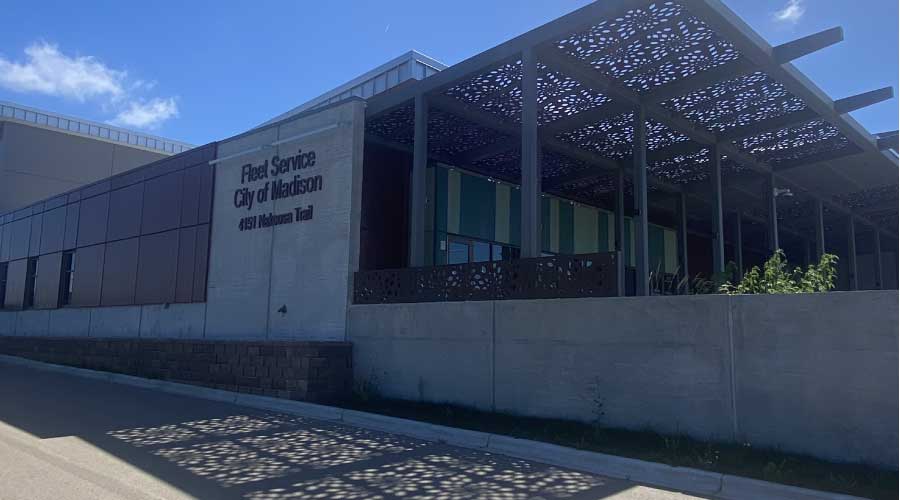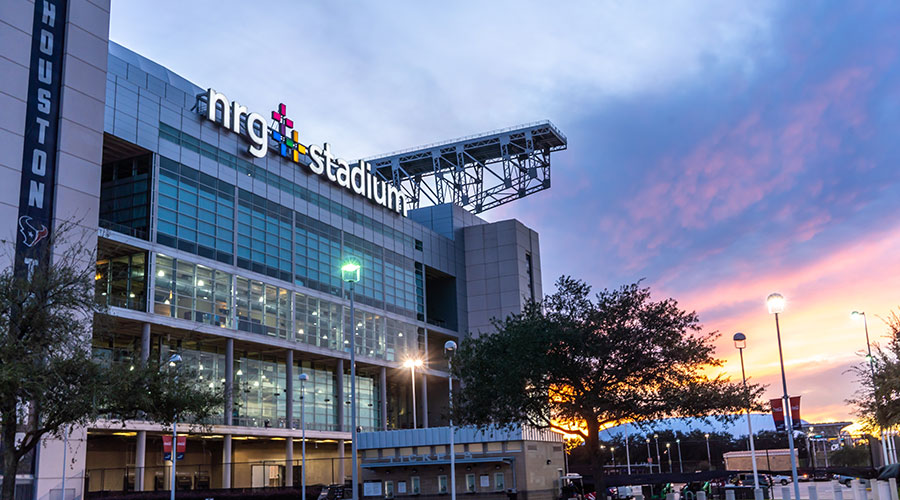Charrettes: Not Just for New Construction
Eco-charrettes have become fundamental to the design process for green projects. They provide a forum for all of a project's stakeholders to brainstorm as a group, generate sustainability ideas, identify and focus on goals, and develop implementation strategies. They have also become an essential part of the integrative design process, a design process that focuses on the interactions among building systems.
In contrast to new LEED projects, eco-charrettes are not as common for LEED for Existing Buildings: Operations and Maintenance (LEED-EBOM) initiatives. This is unfortunate because projects to implement sustainable facility management can benefit significantly from the same sort of brainstorming as is done for new construction projects.
For new green projects, an initial eco-charrette is held during the programming or schematic design phase. Ideally, all stakeholders are present, including the owner, facility or operations manager, chief engineer, users, and the design team — architect, engineers, lighting consultant, and landscape architect. During the initial charrette, team members brainstorm qualities that will make the project sustainable. These may include goals for the project such as: designed to last 50 or 100 years; will be 50 percent more energy efficient than a given baseline or, more aggressively, zero net energy; will have plenty of controllable daylight and views from every work space; will make significant water conservation a priority.
Note that these ideas are not about specific technologies or features. They are about values and help the team to set priorities and the designers to know what they should focus on.
A charrette would also be a good time to discuss values for a LEED-EBOM initiative, with a particular emphasis on long-term operations, maintenance and occupancy issues. As with the eco-charrette for a new construction project, all stakeholders should be present, including the building owner, facility engineers and managers, design consultants and building occupants, including tenants.
Once the big-picture ideas have been discussed, it is time to identify specific measures in all of the LEED-EBOM categories, including energy efficiency, site, water efficiency, materials and indoor environmental quality. Depending on how many people are involved in the charrette, it may be useful to divide the group into smaller teams to discuss specific areas of interest. Eventually, these smaller teams should come together again in one big group to discuss their ideas.
Most importantly, the charrette allows different disciplines among the team members to brainstorm synergies among systems not necessarily in their individual purview. This means that people with different expertise are looking at issues from different angles, and that can result in creative solutions.
For a LEED-EBOM project, the brainstorming should include people with different roles in the building, allowing them to identify ways to work together to meet common objectives.
This can also result in the discovery of opportunities that no one had thought about. In a group setting with stakeholders from various disciplines or with various roles in a building or project, it is common to expand on ideas that at first are not fully formed.
A LEED project eco-charrette, whether for new construction or an existing building, includes review of the LEED checklist in the context of the ideas generated during the brainstorming sessions, and assignment of responsibilities to various individuals and organizations. Depending on the scope of the project and time constraints of the participants, the initial charrette could take a few hours to several days.
When considering a typical LEED-EBOM project, what is the first thing most project managers do? Most probably pull out the LEED checklist and the LEED rating system, think about each credit and how easy or difficult it might be to achieve, and then start to count up the points. The number of credits can become overwhelming, and figuring out how they will be achieved can be daunting.
This is where an eco-charrette for a LEED-EBOM initiative shows its value. It allows everyone to get together to brainstorm what is important for a particular project with regard to big picture sustainability and to begin to develop specific strategies around various ideas. By the end of the charrette, everyone knows the sustainability and LEED goals, which overlap but may not be identical, the synergies among systems, who will be assigned to which LEED credits and who will need to work with whom.
Cultural Issues
Within every LEED rating system is embedded a series of sustainable strategies that require a shift in culture. LEED-EBOM has more of these cross-departmental cultural issues than any other rating system, says Lois Vitt Sale, chief sustainability officer for Wight & Company.
For instance, what kind of supplies should be purchased, such as paper products and office equipment? What should be done with end-of-life-cycle electronics? Can a food-service supplier provide organic food or locally purchased produce?
The eco-charrette is the time in the certification process to get stakeholder engagement and to assess what kind of changes are possible in the application of a wide spectrum of operating practices. Without an eco-charrette, the LEED team is just making a best guess regarding those institutional policies that could be shifted to become more environmentally conscious.
"The importance of an eco-charrette in pursuit of LEED-EBOM certification should not be underestimated," says Vitt Sale.
Jenny Carney, director, YRG Sustainability, agrees. "Charrette-style working sessions hold a lot of a value for EBOM projects," she says, "but I find they take a little different shape and require taking a different angle compared to a LEED-New Construction charrette."
Carney says, that in her experience, participants in a LEED-EBOM initiative have so many other responsibilities and concurrent projects that spending a day in a workshop can feel like a real burden. Indeed, it can feel like just an add-on to an already hectic schedule.
Therefore, it is particularly important that the charrette be designed to be engaging and to create tangible strategies that help people carry out each sustainability measure to meet the LEED goals. "It can be frustrating in an EBOM session if too little time is spent on creating a realistic plan of action," says Carney. "Ideation is great, but you need to keep a foot in the pragmatic realm and hash out follow up to-dos to make sure the ideas actually go somewhere. Getting everyone together, assuming they can spare the time, can be valuable in shaping a project and in getting everyone enthusiastic and rethinking what is possible in their building."
LEED-EBOM is, by its nature, very detailed. It requires the input and ongoing attention of many people who have many other things on their plates. A former property manager who has worked on many LEED-EBOM projects says: "I've participated in eco-charrettes on new design and construction projects. The LEED-EBOM application of these charrettes would be invaluable for all the same reasons as new construction. It's all about early, concentrated and focused collaboration with the entire team. The feasibility stage of any LEED-EBOM project would go much smoother." He says he wished he'd used a LEED-EBOM charrette for more projects he worked on.
Charrettes are an important tool in any project where there are many stakeholders working toward a common goal. They promote goal setting, buy-in, identification of specific sustainability opportunities, strategy development, identification of roles and implementation.
Helen J. Kessler, FAIA, LEED A.P. is President of HJKessler Associates, a Chicago-based sustainable design consulting practice. She is a board member of the USGBC Chicago chapter and co-chair of the Education and Research Strategy Group. She has had a key role on nearly 50 LEED projects.
The Origins of "Charrette"
In French, charrette means "cart." In the 1800s, horse-drawn carts carried students of the Ecole des Beaux-Arts in Paris from their residences or studios to the school to have their work reviewed by faculty juries. While sitting in the carts, the students furiously continued to draw in order to complete their projects. Over the years, architecture students have used the term charrette to describe the all-nighters they typically participate in throughout architecture school. More recently, charrette and eco-charrette have come to mean an intensive workshop, often associated with LEED projects.
— Helen Kessler
|
Related Topics:














